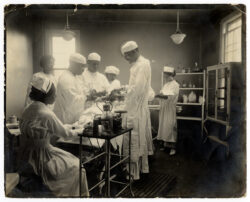History
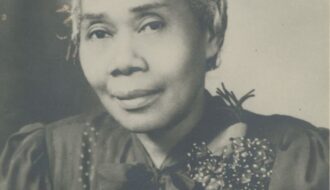
Fannie C. Williams
Fannie C. Williams was an educator, community organizer, and civil rights activist.

Fannie C. Williams was an educator, community organizer, and civil rights activist.
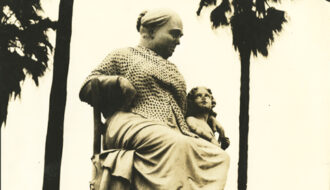
The Farm Security Photography project was a Depression-era program that resulted in images which provided a unique glimpse into the lives of working-class Louisianans as they struggled to survive.
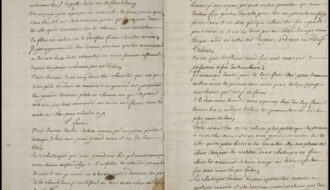
A Jesuit priest was the first to establish Catholic missions among the Indigenous peoples of the Gulf South.
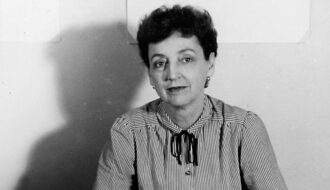
The Federal Art Project and Federal Writers Project helped employ out-of-work artists and writers during the Great Depression.

The Federal Art Project was a Depression-era effort to bring art and artists into the everyday lives of Americans while simultaneously extending work relief to artists.
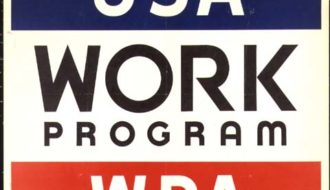
The Federal Writers Project in Louisiana produced oral histories, local guidebooks, and other writings between 1935 and 1939.
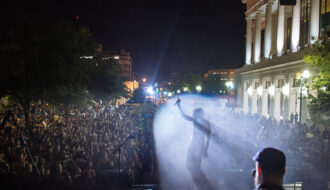
The festival celebrates southwest Louisiana’s connections to the francophone world.
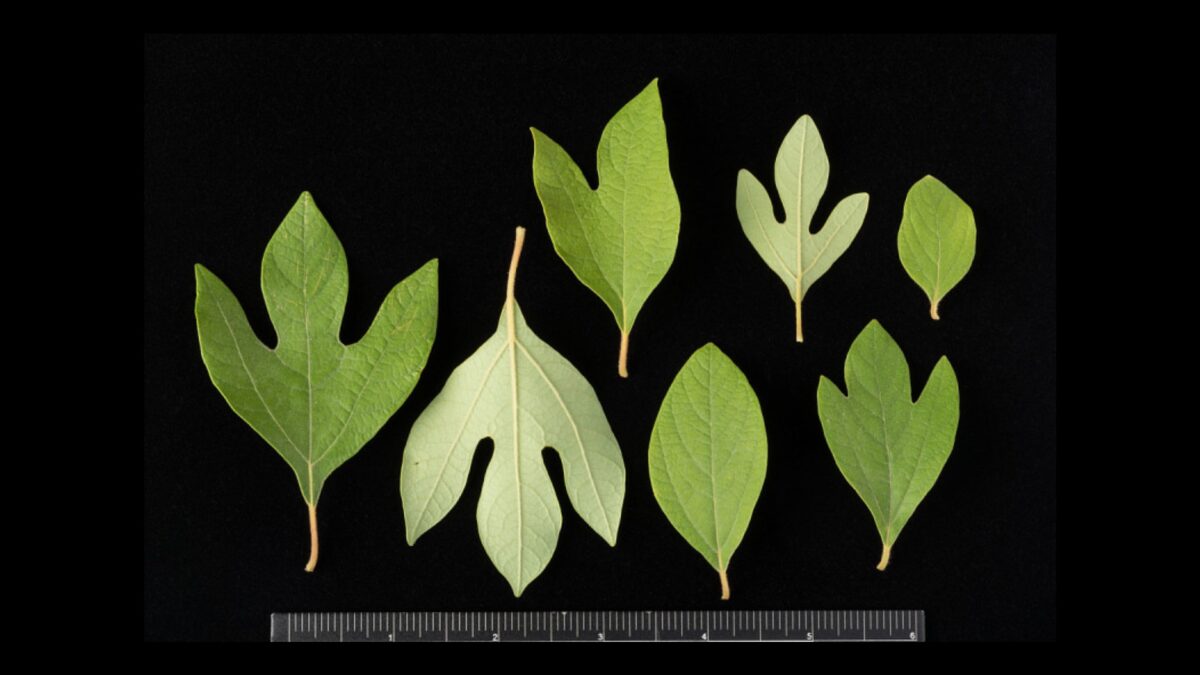
Filé, also known as filé powder or gumbo filé, is a seasoning and thickening agent made from dried and finely ground sassafras leaves.
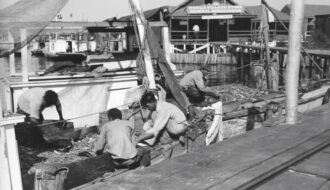
Louisiana is home to the earliest Filipino American community in the United States.
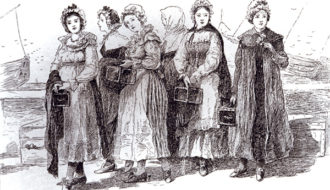
The filles à la cassette (translated in English as “casket girls”) is the name given to French girls brought to Louisiana beginning in 1721 to marry colonists already living in the colony.
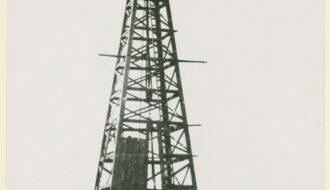
Exploitable petroleum deposits were found in Louisiana in 1901, changing the state's economy and landscape forever.
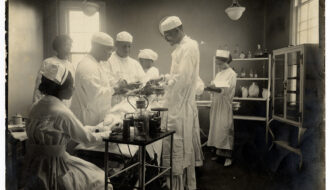
Flint-Goodridge Hospital opened in 1896 to serve New Orleans’s Black community and provide medical training for Black nurses and physicians at a time when other hospitals denied services to Black people.
One-Year Subscription (4 issues) : $25.00
Two-Year Subscription (8 issues) : $40.00
